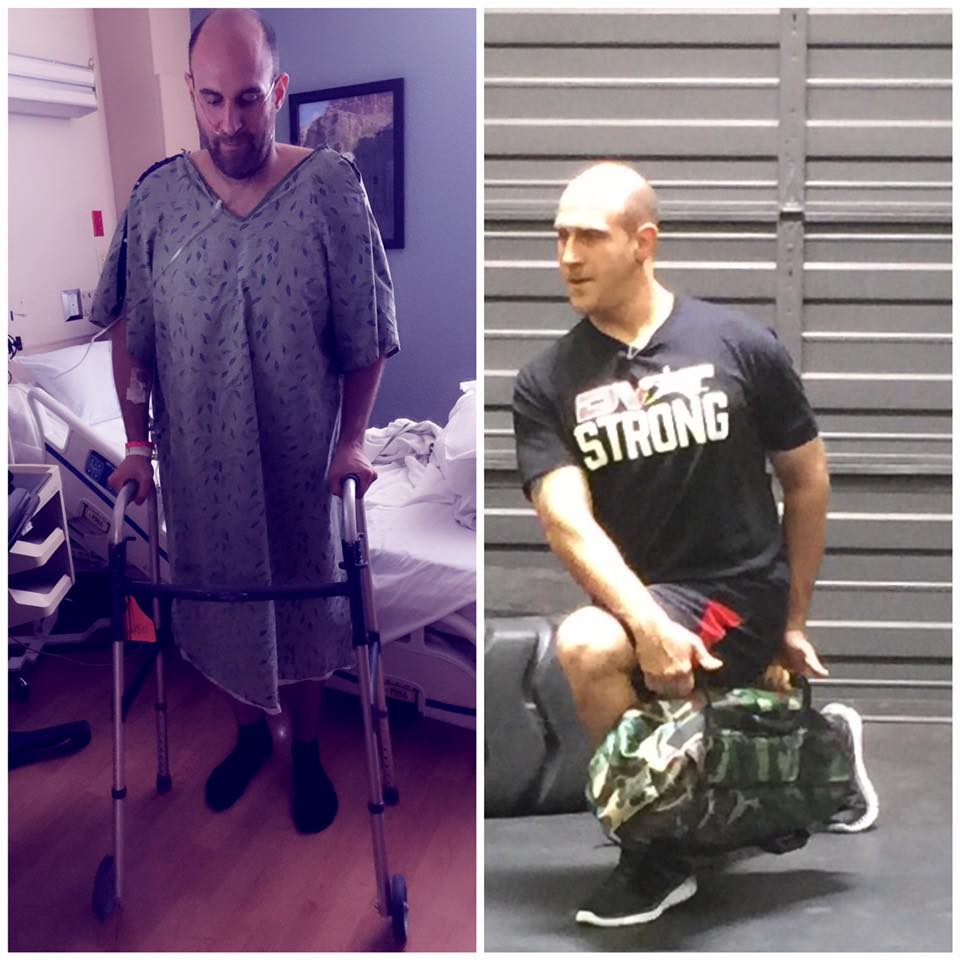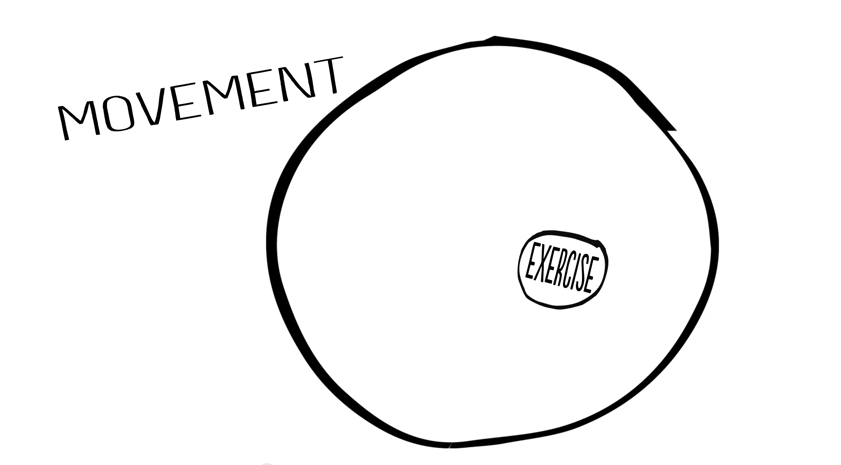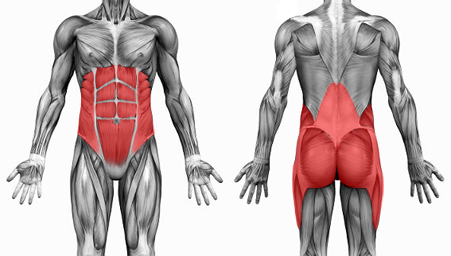Deadlifts Don’t Help Low Backs
2018-09-18
I’ll be the first to admit it, I’m sensitive to certain things. One of those are the big lofty promises people make about helping low backs. Listen, before I go down a giant rabbit hole, I’ll give props to those professionals that actually do really amazing things for people. However, in our modern internet age where clicks are goals and likes are our reward system, there are a lot of people espousing misinformation. I get especially driven nuts when people claim how an exercise like deadlifts “fixes” low back issues.
Yes, I am sensitive because not only have I had to recover from spinal surgeries, I have a continued spinal condition that will continue to have use of arms and legs a challenge over time. Living a life in pain is not joyful, it isn’t something you can just deal with, it impacts every aspect of your life. So, when people that are looking for real solutions are given just rehashed information, it really bothers me.

I’ve written before that I’ve been in fitness long enough to see deadlifts go from villain to hero. For the record, I am not against deadlifts either, in fact, I am very much for them. What I am going to challenge is how we think about them and their true impact upon helping low back issues.
I can write this because I can’t even count the number of times that I have talked to, read, or heard about great lifters blowing out their backs doing deadlifts. Don’t worry though, this tweak, that tweak, this accessory exercise, this stretch will fix everything. Can we stop it?!
My Dad loves to tell the story of my Aunt as a young woman went on the carrot diet. Pretty much what the diet sounds like, my Aunt ate an incredible amount of carrots. So much so that she turned a shade of orange and had beta-carotene poisoning. From this experience, I am sure some people would tell you carrots are bad. Of course they aren’t, the extreme use of them though can prove to be!
The same can be said about deadlifts. They can be very good to teach foundational strength of the hip hinge. That is if you are very thoughtful about what you are actually trying to teach the body. Many people have heard about the hip hinge pattern that makes up the largest part of deadlifts, but there is much more.

Deadlifts give us a chance to work a dynamic plank. Keeping the torso stationary as we move through the lower body is far more challenging than most people think. In fact, most people fail in their plank before they can’t pull the weight off the ground.
We learn the importance and role of tension in both the upper and lower body. Creating tension against the weight and using the ground with our feet gives us proper strength and stability. Deadlifts teach us to create force from the ground up that will help us not only develop a stronger body, a more muscular body, but a better functioning body.
So, what’s my problem? The way that most people chase deadlifts is simply doing more and more. We love to say that you don’t have to think about what you are doing, just lift heavy sh#t. Listen, that is your prerogative if you want, but if you are in the role of influencing the quality of someone else’s life, we should feel the responsibility to think deeper.
Don’t worry, you don’t need a Master’s degree in biomechanics to approach deadlifts and overall training in a much smarter way. What are some easy ways to think smarter about how we approach functional fitness and the approach to deadlifts?
Step 1: Think About Movement
Yes, building foundational strength in deadlifts serves as a good baseline in core strength, lower body power, and learning proper movement training. However, to think that just moving up and down is as sophisticated or even scratches the surface of how our body moves in real life in quite silly.
Jessica and I break down how the “little things” in our Deadlifts make a big difference.
In fact, when it comes to building injury resiliency one of our top priorities needs to be to learn how to RESIST movement as we do move. We learn a very simple version of this in foundational deadlifts. Not letting our shoulder roll, not to lift with our low back, how to lift from the ground up. These will all help us as we progress to more dynamic forms of the movement.
As I have often said, no one has actually hurt their low back because of the weight of pencil or some random light object. They did so because they moved badly and couldn’t resist movement. When we move in different patterns of our deadlifts in DVRT we do so not because we are trying to be different, but because we are trying to be better.
Step 2: Know Your Glutes and Core
If I were to survey most people why they like deadlifts, I am 99% sure that I would hear things about the core and glutes. Yes, if used with the right purpose, deadlifts can help both. However, we have to understand some fundamental concepts of these muscles.
The first is that the glutes and core is a rather large grouping of many muscles, not one or two. That means these muscles often have different roles that just helping your hips move up and down. Looking at their design you see how they are spiral patterned and that is to help us create strength as we resist unwanted movement. We make complicated movements like running and climbing look easy because of how these muscles can work so seamlessly in these ways to help stabilize our bodies.

The core and glutes don’t always know how to work right and are often a byproduct of two other parts of our body. That would be our hands and our feet. If we use both strategically we teach the body how to engage the core and glutes in the way they ware designed to move in life. Just hoping that this will happen or yelling at people to “activate” their core is an exercise in futility.
DVRT Master, Cory Cripe, shows some of the ways that we teach good core and glutes through how we grip .
Step 3: Look Around
There are times I get very frustrated with our industry. Many coaches claim they believe in training that improves every day life, but then you look at the training and it looks nothing like life. I’m not saying you want to REPLICATE the real world, but you have to understand how we as humans are designed to move in life. We should be aiming to build qualities that help us better in life.
I know that is hard at times because we just want to look better right? Why are we to assume training the body as it is designed to function would do anything BUT make us look great?! Gymnasts, martial artists, dancers, wrestlers, all support impressive physiques, but do very little of the bodybuilding that so many feel enslaved to because they want to develop good looking muscles.
We need to sometimes step away from the gym and look at all the phenomenal ways that humans can move and see if there is something more we can learn. Deadlifts are just an example. The deadlifts that I am showing you that make up our DVRT system are relatively simple ideas, but they will blow most people’s minds. In some ways that makes me sad because we are looking at the simple things we are doing and seeing how we can make our bodies better in every way.
DVRT Master, Troy Anderon, came up with a great way to challenge your hip hinge in different directions.
Deadlifts don’t help fix low backs. The lessons they can teach, the progressions we can create, the compensations they can expose make them a great tool for those with low back pain. However, if we are just to chase numbers we are not going to achieve the REAL goal….making people the best versions of themselves.
Find out more how we build better through focusing on movement not just exercises through our DVRT education HERE
© 2025 Ultimate Sandbag Training. Site by Jennifer Web Design.







